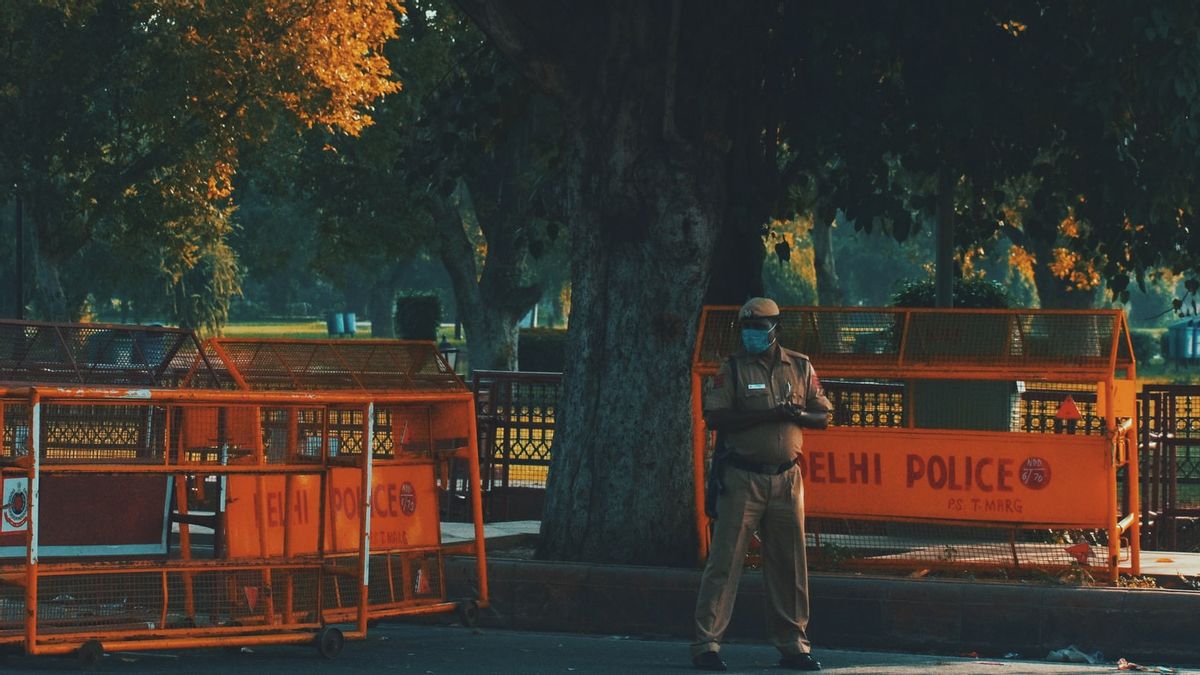JAKARTA - For construction worker Yogendra Tundre, life at the project site on the outskirts of New Delhi is quite difficult. The temperature in the Indian capital is very hot.
India must now face an unprecedented heatwave. Most of the poor are workers, who generally work in the open, and are vulnerable to the scorching temperatures.
"The temperature is too hot and if we don't work, what do we want to eat? For some days we work and other days we rest because we are tired and hot," Tundre said as quoted by Antara, Monday, May 16.
Temperatures in the New Delhi area have hit 45 degrees Celsius this year, making Tundre and his wife Lata, who work on the same project site, fall ill and lose their income.
"Because of the heat, sometimes I don't work. I take a few days off… often, get sick from dehydration, and need a glucose (intravenous) bottle," Lata said as she stood outside her home, a simple tin-roofed hut.
Scientists have linked those intense summer temperatures to climate change. They say more than a billion people in India and neighboring Pakistan are at risk of extreme heat.
India in March experienced its hottest month in more than 100 years and parts of the country recorded a record high temperature in April.
Many places, including New Delhi, experienced temperatures of up to 40 degrees Celsius. More than 24 people have died, presumably from heatstroke, since late March. Electricity demand is at its highest in years.
Prime Minister Narendra Modi has called on state governments to take steps to mitigate the effects of the extreme heat.
SEE ALSO:
Tundre and Lata live with their two children in a slum area near the project site in Noida, a satellite city of New Delhi.
They have moved from their hometowns in the central Indian state of Chhattisgarh in search of jobs and better incomes around the capital.
At the construction site, workers climb walls, lay concrete, and carry heavy loads. They cover their heads with scarves to protect themselves from the sun.
Even when the couple finished work, they only had a little rest because their house was hot after absorbing the high temperatures all day.
Avikal Somvanshi, urban environmental researcher from India's Center for Environmental and Sciences, said federal government data showed that heat stress was the most common cause of death by natural forces, after lightning strikes, in the last 20 years.
"Most of the dead were men aged 30-45. They were a group of workers, blue-collar people who had no other choice but to work under the heat," Somvanshi said, citing Reuters.
There is no law in India that prohibits outdoor activities when the temperature hits a certain level as Middle Eastern countries do, Somvanshi said.
The English, Chinese, Japanese, Arabic, and French versions are automatically generated by the AI. So there may still be inaccuracies in translating, please always see Indonesian as our main language. (system supported by DigitalSiber.id)

















